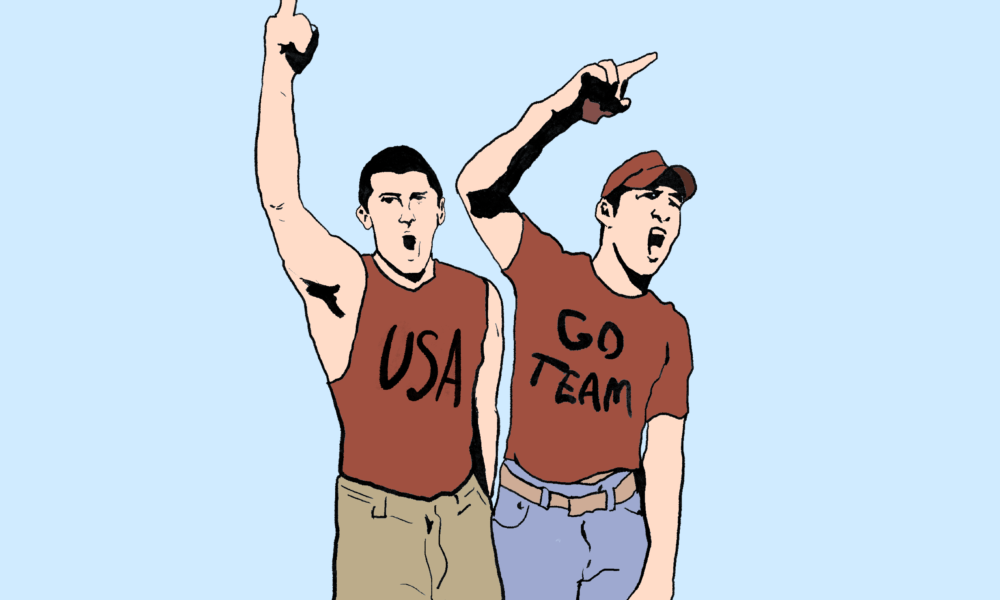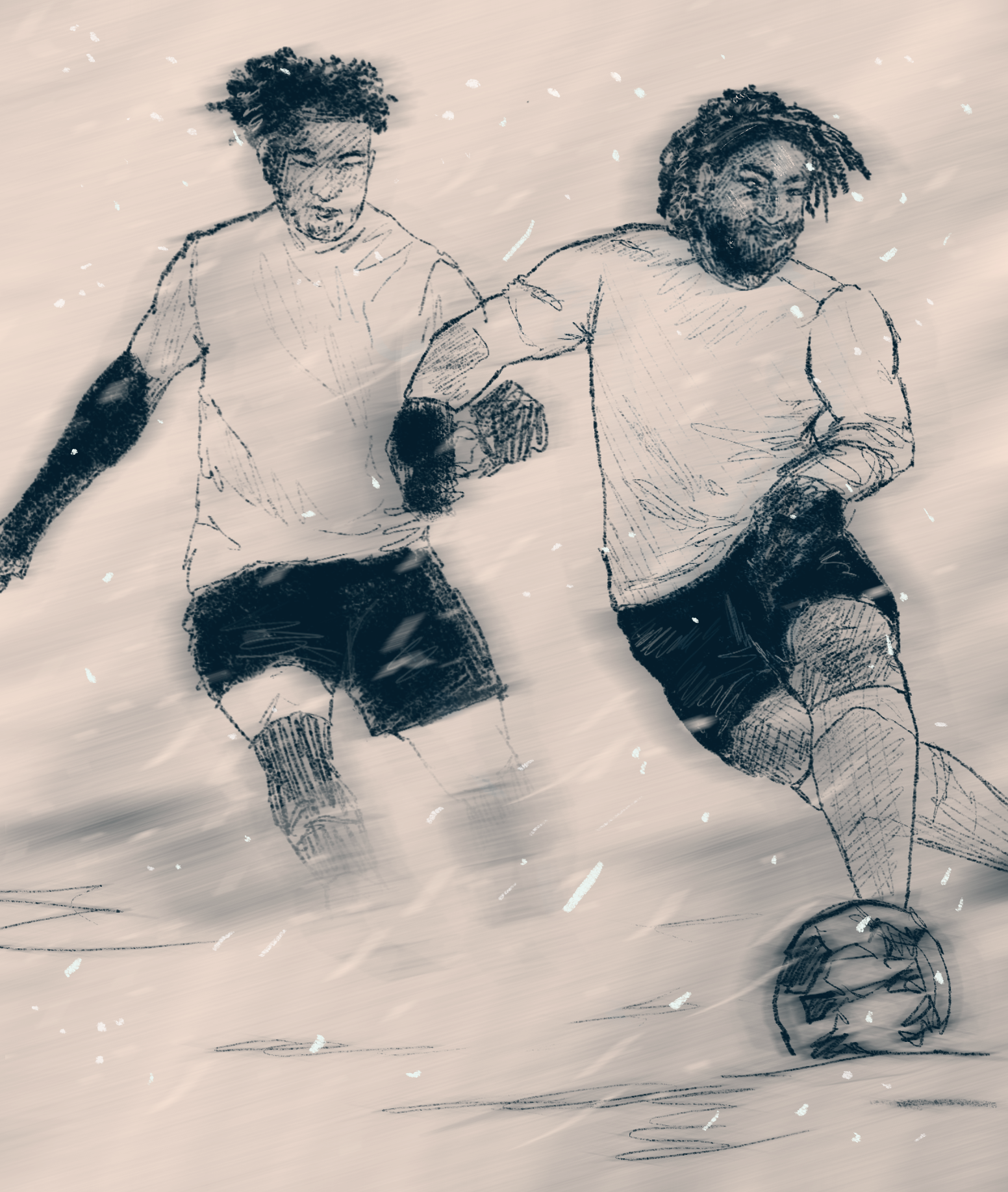For the second straight Ryder Cup, Team Europe lifted the trophy, fending off a late Team U.S.A charge to claim a 15-13 victory at Bethpage Black Golf Course in Long Island, New York, on Sept. 28. But as grand as the tournament’s golfing was, it will more likely be remembered for the chaos that ensued outside of its ropes than for the play within.
Europe entered the Sunday singles with an 11.5–4.5 advantage: The largest ever European lead heading into the final day of the Cup. The margin reflected an underwhelming American start. Several U.S. players looked out of rhythm in Friday’s foursomes, and the pairing strategy from captain Keegan Bradley was widely questioned. By contrast, the Europeans—led by veterans Rory McIlroy of Northern Ireland and Jon Rahm of Spain, and boosted by Ryder Cup rookies Ludvig Åberg of Sweden and Nicolai Højgaard of Denmark—capitalized early to build what proved to be an insurmountable lead.
Still, the Americans mounted a spirited response on Sunday. Wins from Scottie Scheffler, Brooks Koepka, and Xander Schauffele decreased the U.S.’ deficit, briefly stirring hopes of a comeback. But crucial halved matches, most notably Rahm’s clutch birdie on hole 18 to tie Scheffler on Friday and McIlroy’s steady play in singles, ensured Europe would not relinquish its vise on the competition.
If the golf itself offered high drama, the galleries offered something darker and more sinister. Reports of abusive fan behaviour escalated throughout the weekend. Rory McIlroy, Europe’s golfing heartbeat, was taunted repeatedly and eventually snapped at spectators before a Saturday shot. Hours later, McIlroy’s wife, Erica Stoll, was struck by a drink hurled from the stands. In his post-match comments, McIlroy condemned the atmosphere as “unacceptable,” adding that “golf should be held to a higher standard than what was seen out there this week.”
These Ryder Cup incidents have reignited debates about how fans should toe the line between passion and politeness. Unlike other sports, golf traditionally cultivates an ethos of etiquette. The sport demands silence on swings, applause after shots, and pleasantries all around. The Ryder Cup, however, has long been an outlier with its corresponding orchestra of chants, jeers, and perhaps misdirected patriotism sparking the event with palpable electricity. The 1999 Ryder Cup at Brookline is infamous for the unruly American fans in attendance that day, while European venues have also faced criticism from visiting teams and their players for their disruptive crowds in past years.
What makes Bethpage’s scenes particularly concerning is their rapid escalation from threats to physical harm. While players have grown accustomed to verbal heckling, the sight of a family member being targeted is a sobering reminder of how quickly things can turn dangerous.
The evidence suggests, however, that this is not a uniquely American issue. European fans have had their own lapses, though the size and fervour of U.S. crowds, particularly in New York, reportedly magnify tensions. Ultimately, the Ryder Cup’s future rests on whether golf’s governing bodies can channel the passion brought to the Cup into pride rather than malice.
In continuing the development of golfing competitions at this scale, regulators and tournament organizers face the delicate task of preserving the Ryder Cup’s raw intensity without compromising player safety. Options range from stricter alcohol sales policies to heavier policing of crowd conduct.
For now, though, Europe basks in another triumph. They have won 11 of the last 14 Ryder Cups, reinforcing their dominance in golf’s fiercest rivalry. Yet as much as McIlroy and his teammates celebrated their win, his sharpest words about the tournament were reserved for the galleries. “Sometimes this week we didn’t see [respect],” he said. “So no, this should not be what is acceptable in the Ryder Cup.”









